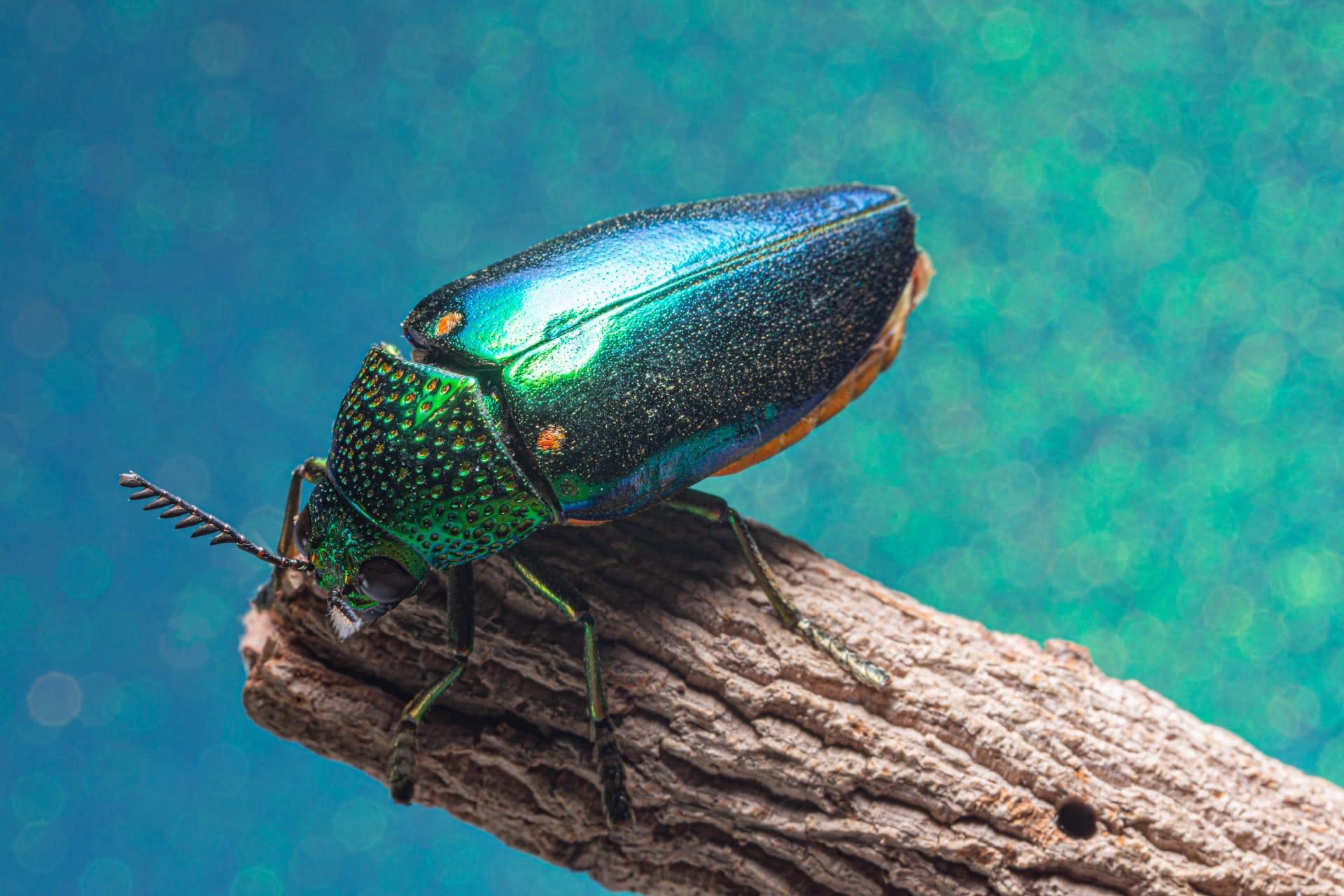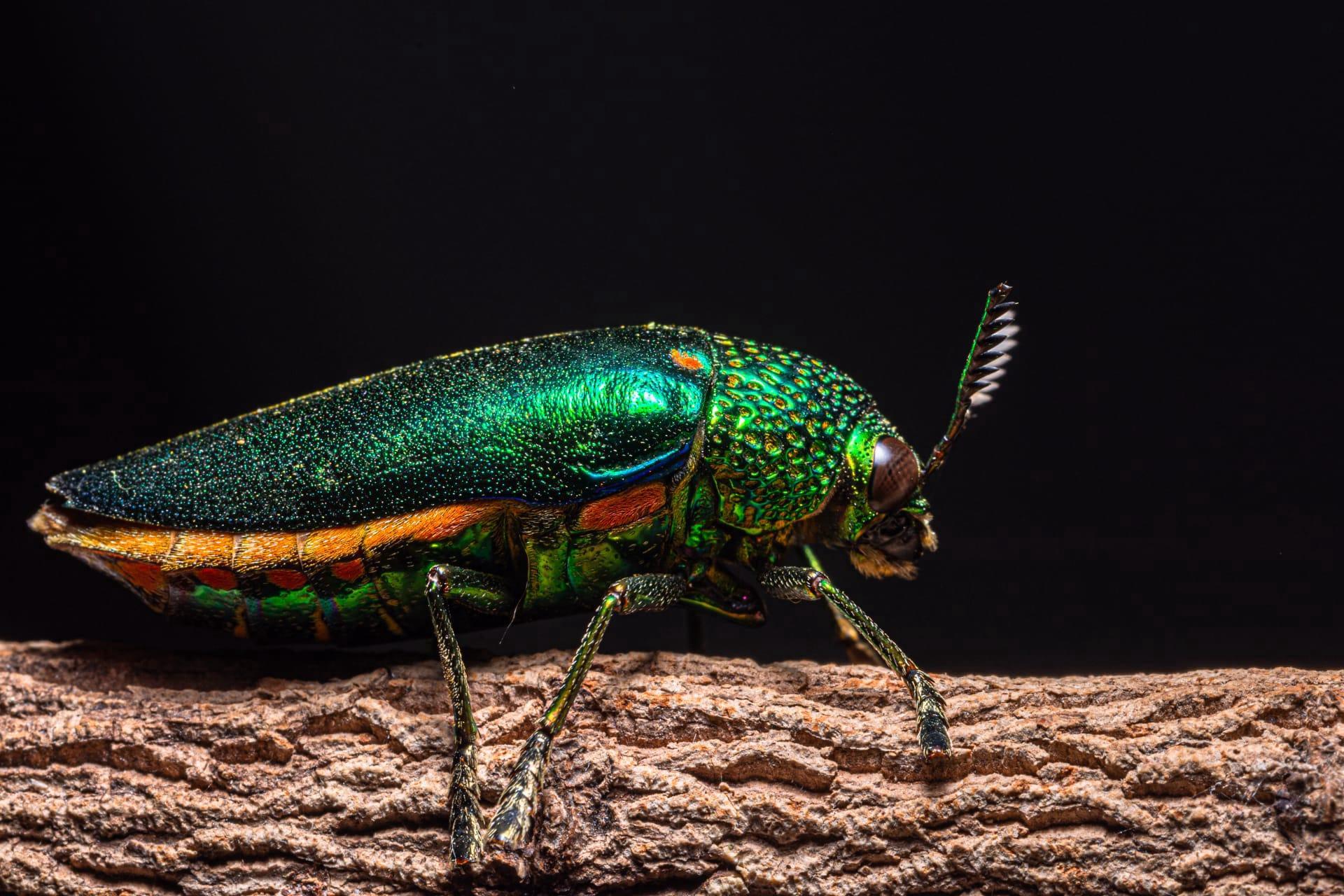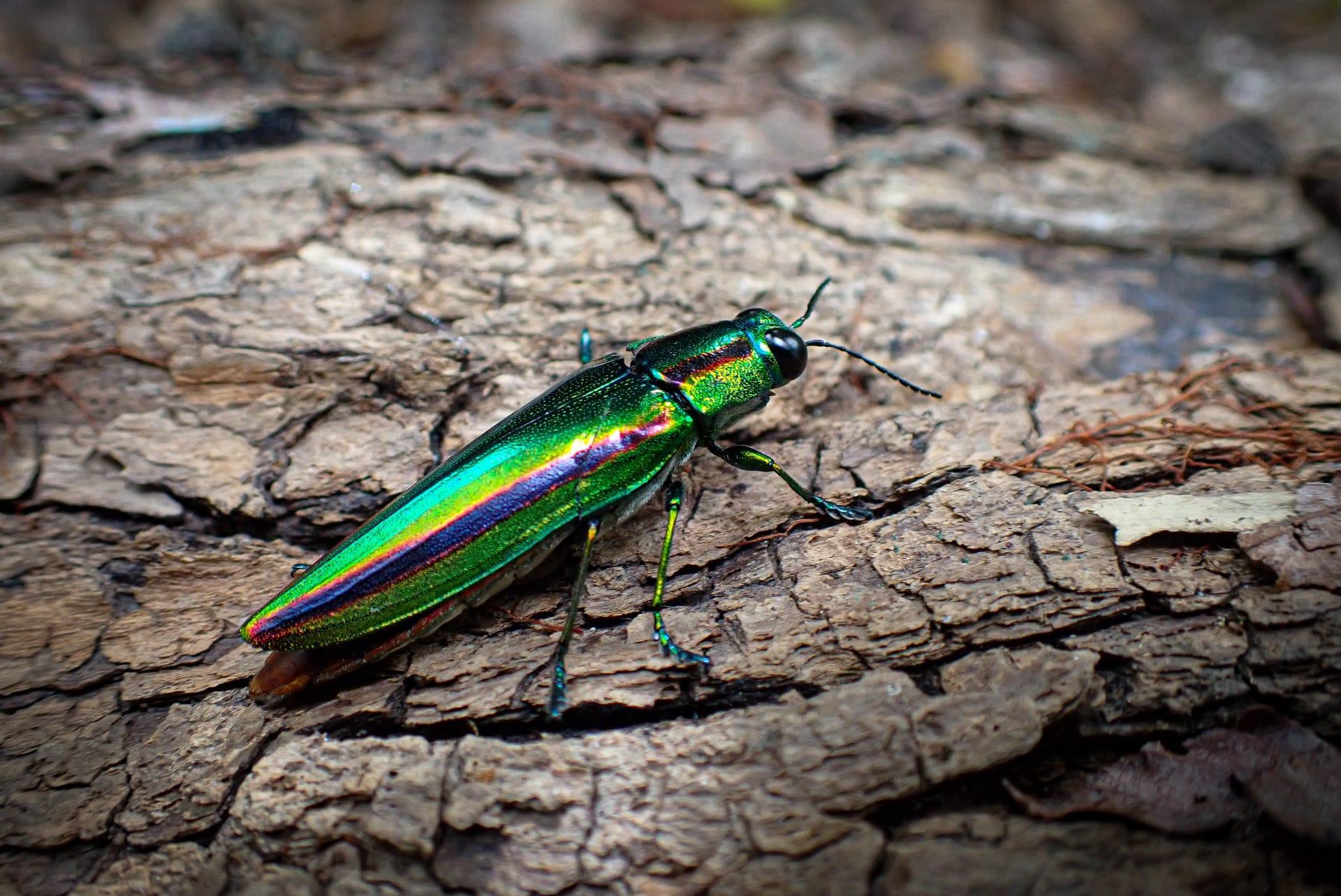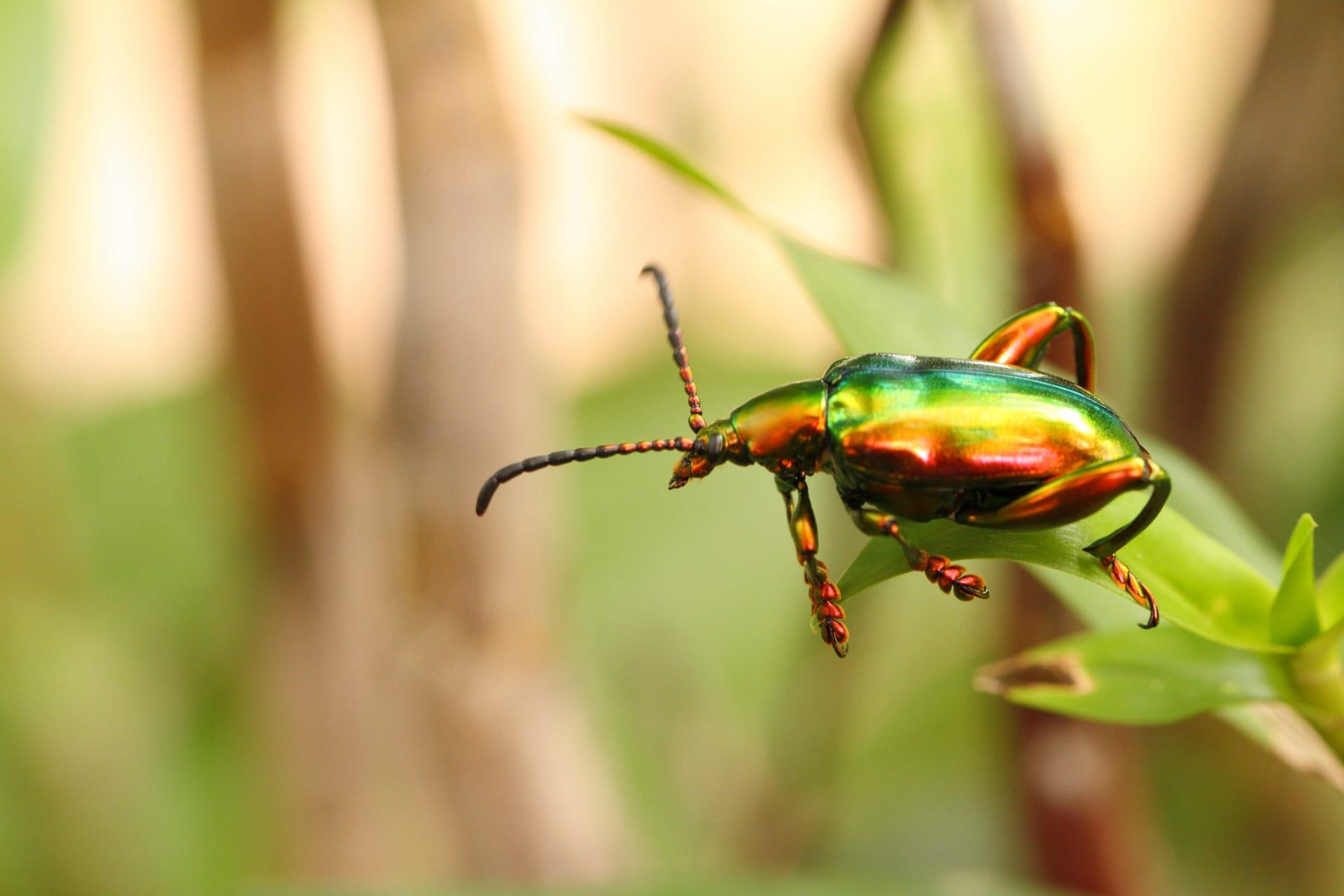Jewel Beetle Trivia
- Home /
- Trivia Question /
- Animal /
- Jewel Beetle Trivia
1
Question: What gives jewel beetles their distinctive, shimmering appearance?
Answer: Jewel beetles, known for their vibrant colors, owe their unique appearance to microscopic structures in their exoskeletons. These structures reflect light in a way that creates iridescent colors, often in bright greens, blues, and reds. This iridescence is not just pigment-based; it's a physical phenomenon where the surface structure of the beetle's wings reflects light at different angles, giving them a shimmering, jewel-like effect.
Question: How do jewel beetles contribute to their ecosystems?
Answer: Jewel beetles play a crucial role in their ecosystems, primarily through pollination and decomposition. Some species, while feeding on nectar, inadvertently transfer pollen from one flower to another, aiding in plant reproduction. Others are decomposers, feeding on dead wood and helping in nutrient cycling by breaking down plant material, thus enriching the soil and supporting forest health.

2
Question: Is it true that jewel beetles can't fly due to their heavy, metallic exoskeleton?
Answer: Contrary to this common misconception, many jewel beetle species are adept fliers. Their exoskeleton, while tough, is not excessively heavy, and their wings are well-designed for flight. In fact, their elytra (hardened forewings) protect their delicate flying wings, which they skillfully use to maneuver through their environment.
Question: Do jewel beetles really use their coloration for camouflage?
Answer: While it might seem counterintuitive, the bright, metallic coloration of jewel beetles can serve as a form of camouflage. In their natural habitats, these reflective colors can mimic the shimmer of water or the gloss of leaves, helping them blend into their surroundings and avoid predators.

3
Question: How do jewel beetles reproduce and develop?
Answer: Jewel beetle life cycle begins with the female laying eggs on or under the bark of trees. Once hatched, the larvae, which are wood-borers, start feeding on the wood, creating intricate tunnels. This larval stage can last from several months to a couple of years, depending on the species and environmental conditions. Following this, they pupate and eventually emerge as adults, continuing the cycle.
Question: What is the lifespan of a jewel beetle?
Answer: The lifespan of jewel beetles varies among species. However, most adults live for about a few weeks to several months. The larval stage is typically the longest part of their life cycle, with some species spending up to two years as larvae. Environmental factors and predation also significantly impact their lifespan.

4
Question: Are jewel beetles endangered?
Answer: The conservation status of jewel beetles varies widely among the over 15,000 species. While many species are not currently at risk, some are facing threats due to habitat loss, pollution, and climate change. Conservation efforts are essential for those species that are vulnerable or endangered, particularly in regions where deforestation and human activities impact their habitats.
Question: Can jewel beetles change color?
Answer: Jewel beetles cannot actively change their color like some other animals. However, their color can appear to change when viewed from different angles due to the iridescent properties of their exoskeleton. This phenomenon, known as structural coloration, is caused by the microscopic structure of their wing cases, which refracts light in various ways.

5
Question: What do jewel beetles eat?
Answer: The diet of jewel beetles varies depending on the species. Many adult jewel beetles feed on plant parts like leaves, flowers, and fruits. Larvae typically consume wood or plant stems, playing an essential role in breaking down dead or decaying wood. Some species are even known to feed on specific types of plants, making their diet quite specialized.
Question: How do jewel beetles navigate their environment?
Answer: Jewel beetles use a combination of visual and chemical cues to navigate. Their compound eyes provide a wide field of vision, aiding in locating food sources and mates. They are also sensitive to specific chemical signals, such as pheromones released by potential mates or volatile compounds emitted by host plants, guiding them to appropriate feeding or breeding sites.